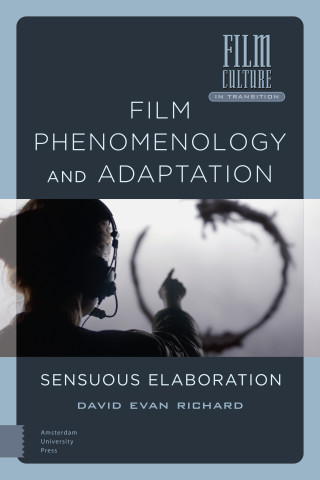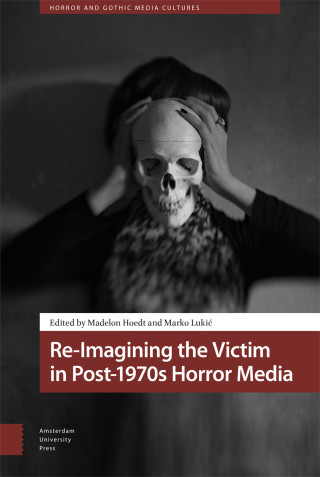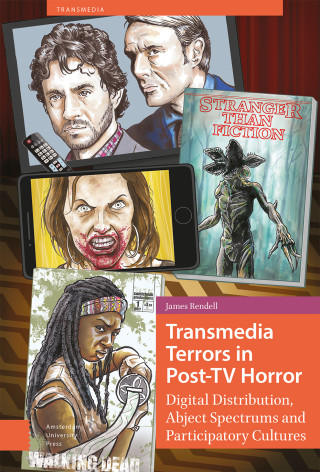Stuart Richards
Stuart is a senior lecturer in Screen Studies at the University of South Australia. His first monograph, The Queer Film Festival: Popcorn and Politics, is published as part of Palgrave Macmillan’s ‘Framing Film Festivals’ series, which looks at the queer film festival as a social enterprise and its growth in the creative industries. His research has been published in journals, such as Senses of Cinema, New Review of Film and Television, Media International Australia and Studies in Australasian Cinema. He is an associate director of the Creative People, Products and Places (CP3) Research Centre.





